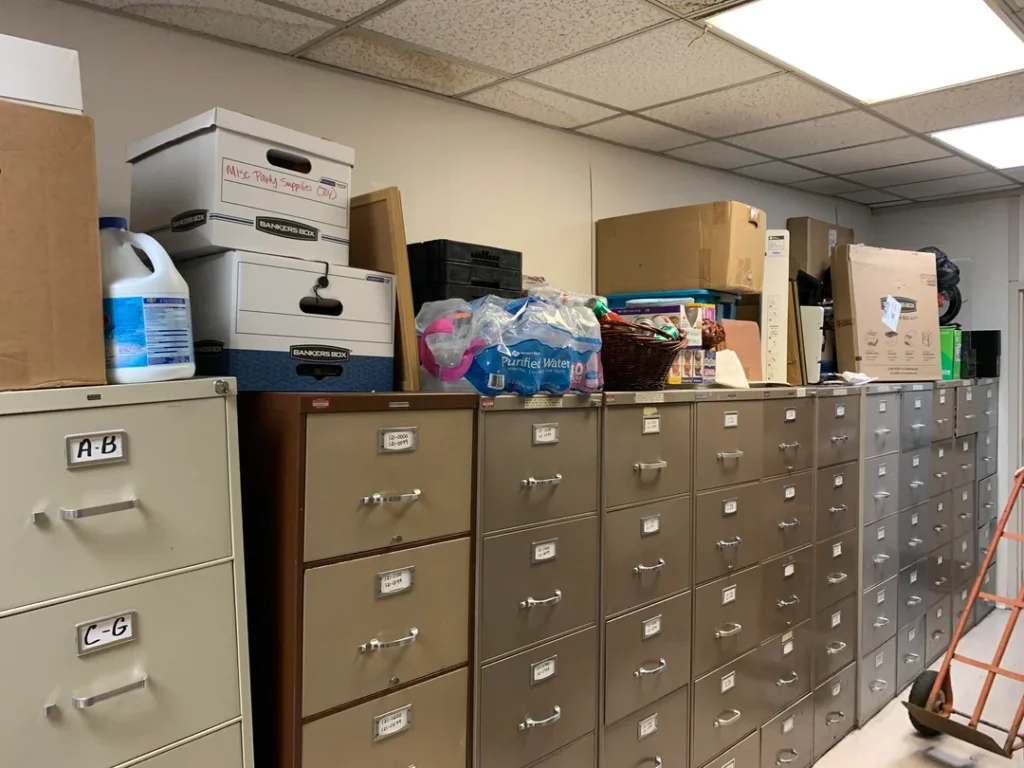
In the fast-paced world of construction, delays aren’t just frustrating, they’re expensive. Missed deadlines, lost paperwork, or miscommunications on blueprints, contracts, and permits can quickly derail even the best-planned projects.
One proven way to prevent these costly hold-ups? Digitizing your construction site documents through professional scanning services. From accurate, accessible blueprints to organized contracts and timely permit approvals, scanned documents streamline communication and keep projects on track.
In this post, we’ll explore how scanning construction documents can reduce miscommunication, improve collaboration, and ultimately save your project time and money.
The Paper Problem on Construction Sites
Construction projects generate vast amounts of paperwork:
- Blueprints and architectural drawings
- Change orders and contracts
- Permits and inspection reports
- Safety documentation and compliance records
Traditionally, these documents exist in paper form, stored onsite in binders, trailers, or office spaces. This creates challenges such as:
- Lost or misplaced documents that delay decisions
- Outdated plans being used accidentally
- Difficulty sharing paperwork between field crews and office staff
- Physical damage from weather or construction activity
- Time wasted searching through filing cabinets or stacks of paper
How Digitizing Documents Solves These Challenges
1. Instant Access to Up-to-Date Blueprints
Scanned blueprints stored in a cloud-based document management system allow everyone on the job site—engineers, contractors, and subcontractors—to access the latest plans instantly on mobile devices or tablets.
No more waiting for printed revisions or risking working from outdated drawings.
2. Streamlined Contract and Change Order Management
Contracts, change orders, and submittals can be scanned and indexed for easy retrieval. This reduces the risk of:
- Lost or unsigned documents
- Confusion over contract terms
- Payment delays due to missing approvals
Digital workflows speed approvals and keep stakeholders informed.
3. Simplified Permit and Inspection Tracking
Digitized permits and inspection records provide a centralized location to monitor:
- Permit expiration dates
- Compliance deadlines
- Inspection results and corrective actions
This reduces the chance of regulatory violations or project stoppages.
4. Improved Collaboration Across Teams
When site managers, architects, and suppliers can access the same digital documents in real time, communication improves dramatically.
Document scanning helps:
- Share updated files instantly
- Reduce errors from miscommunication
- Provide audit trails for accountability
- Facilitate remote approvals and reviews
5. Faster Issue Resolution and Reduced Downtime
With easy access to all project documents, teams can quickly resolve questions or disputes without waiting for physical copies.
This agility keeps the project moving forward, saving time and money.
Best Practices for Scanning Construction Documents
To get the most from your document scanning investment:
- Prioritize key documents: Blueprints, contracts, permits, and inspection reports
- Use searchable PDF formats: OCR-enabled files for quick keyword searches
- Organize files with clear metadata: Project name, date, document type, and revision number
- Integrate with project management tools: For seamless workflow and communication
- Choose a scanning provider experienced with construction docs: Familiar with handling large format drawings and sensitive permits
Digitizing your construction site documents isn’t just about reducing paper clutter, it’s a strategic move to prevent costly delays, improve compliance, and enhance team collaboration.
When your entire project team can access the right documents at the right time, mistakes are minimized, and schedules stay on track.
Ready to streamline your construction document workflows? Contact us today →



